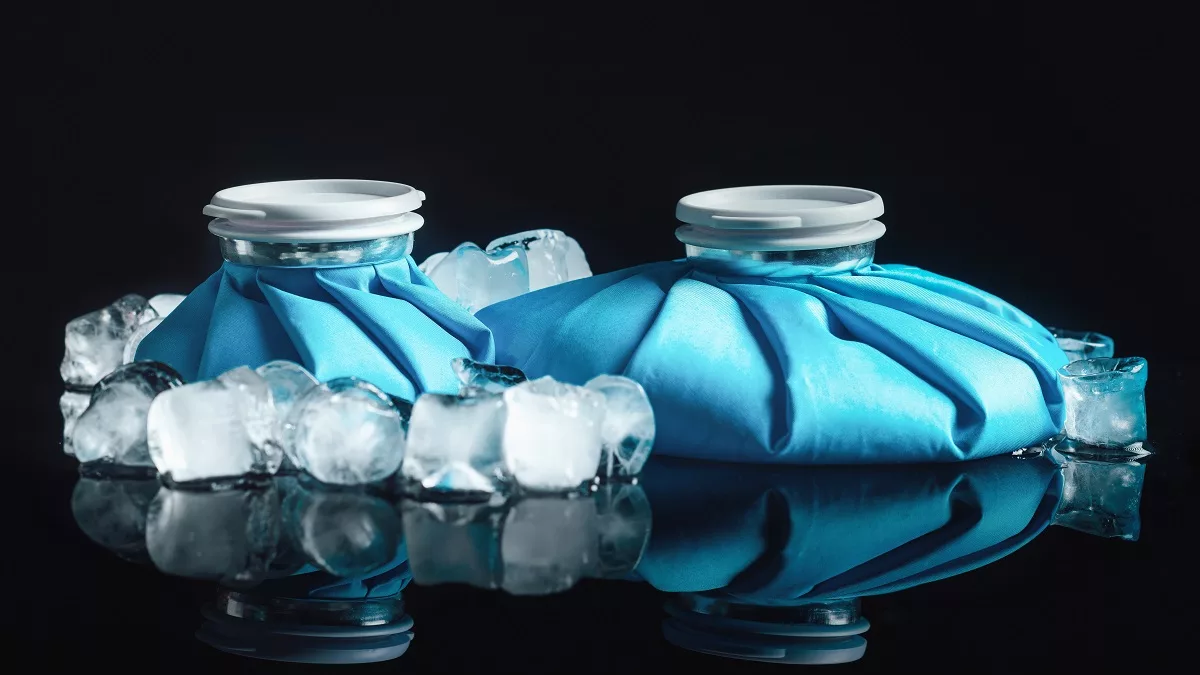A condition in which ligaments around one or more joints are torn or stretched is called a sprain. In most cases, it occurs due to falls and participating in contact sports. If you get a mild sprain, it can be managed at home with the RICE method, but in severe cases, you may need to see a doctor for a diagnosis and proper treatment.
In general, specific bands of tissue that link bones throughout the body are called ligaments. They are very similar to ropes that hold the muscles and bones together. These ligaments also help joints move in one direction only.
People often develop sprains when the ligaments around one or more joints are damaged. Therefore, it is very important to see a doctor if you experience swelling and pain. Otherwise, it may lead to permanent damage to the joints.
Sprain Types
Physicians have categorized the sprains based on the location of the damaged ligament. While this condition may occur anywhere in the body, it mostly happens in the following areas. Check below some examples:
- Ankle (including high ankle)
- Wrist
- Knee
- Finger (sometimes called jammed fingers)
- Thumb
This disorder occurs very commonly, especially among athletes.
Symptoms
Usually, people who get sprains experience the following symptoms. Examples include:
- Bruising
- Discoloration
- Swelling
- Pain
- Instability (a feeling like you cannot put weight on the joint)
- Decreased range of motion (difficulty moving the joint as far as usual)
If any of the previous symptoms occur, do not hesitate to visit a healthcare professional.
Causes
Generally, sprains occur more commonly in people who play contact sports. However, anything that causes you to move the joint too much or too far may lead to sprains. Check below for the most common causes of this condition:
- Falls
- Catching and slipping yourself suddenly
- Rolling or twisting the joint while running, jumping, or walking
- Frequent strain injuries (including overuse of a joint for work, sport, or hobby)
- Sports injuries
Risk Factors
This condition can affect anyone, but some people are more prone to developing it. These include athletes, workers with physically demanding jobs, and people who have a hobby or activity that makes him/her perform repetitive movements. However, exercise habits may also increase your risk of getting sprains. These include:
- Sudden increase in the intensity of workouts or activities
- Beginning a new sport or activity without equipment or training (for instance, working with poor form or wearing the wrong kind of shoes, and others)
- Regularly playing the same sport for years without an offseason
What Are The Potential Complications of Sprains?
People who get this condition may also experience some complications, especially without treatment. Examples include:
- Chronic pain
- Joint instability
- Reduced mobility
- Recurrent injuries
- Muscle weakness
- Arthritis
- Nerve damage
- Heterotopic ossification (rarely)
- Chronic inflammation
This document does not contain all the possible complications of sprains. Furthermore, you can consult with your healthcare professional about ways to reduce the risk or even prevent any of the previous complications.
Prevention
It is not always possible to prevent a sprain. However, there are some tips that may help reduce the risk. For example:
- Each time you participate in physical activities, it is recommended to wear protective equipment
- It is not recommended to continue physical activity if you experience pain
- You should give your body time to rest and recover completely, especially after intense activity
- Warm up and stretch before working out or playing sports
- Cool down and stretch after physical activity
- It is recommended to prevent falls by making sure home and workspaces are free from clutter
- Use proper tools to reach things at home, avoid chairs, tables, and other objects
- If you have walking problems, it is advised to use a cane or walker to prevent falls
Diagnosis
Usually, the diagnosis of a sprain begins with a physical examination and questions about the symptoms. Physicians have categorized this condition into several grades based on the severity. For example:
- 1 grade (mild) – In such cases, the damage is very mild without tearing of the ligament.
- 2 grade (moderate) – People with the second grade have a partially torn ligament.
- 3 grade (severe) – The ligament is fully torn.
However, to confirm the condition, physicians may perform some tests to determine the grade and other injuries (such as bone fractures). These include:
- Ultrasound
- X-rays
- MRI (magnetic resonance imaging)
Treatment
Most people with mild sprains are able to manage sprains at home by following the RICE method. It means:
- Rest – Avoid strenuous activities while the ligament is healing.
- Ice – You should also apply cold compresses for 15 minutes several times per day.
- Compression – Use elastic bandages to reduce swelling.
- Elevation – You can also elevate the affected joint above the level of the heart.
Physicians may also recommend over-the-counter (OTC) pain relievers (such as Acetaminophen or Ibuprofen). Check below some treatments often recommended for people with grade 2 and 3 sprains:
- Splints or braces to support the joint
- Walking boots
- Crutches
- Physical therapy
- Surgery (rarely) – If you experience severe pain or a broken bone, or dislocation, doctors may recommend surgery to treat this condition. It may also be recommended by the doctors if you get sprains multiple times at the same joint.
Frequently Asked Questions
How soon after treatment will I feel better?
Usually, people begin to feel better gradually after starting the treatment. To improve healing, it is very important to reduce stress on the affected joints.
When should I go to the emergency room?
Go to the nearest emergency room (ER) or call 911 if you notice any of the following symptoms. For example:
- Severe pain
- Discoloration
- Worsening swelling
- Numbness
Do sprains damage nerves?
In most cases, damage to the nerves occurs in people who get ankle sprains, especially if the injury is severe. Ask your healthcare provider for more details.




